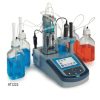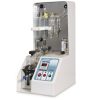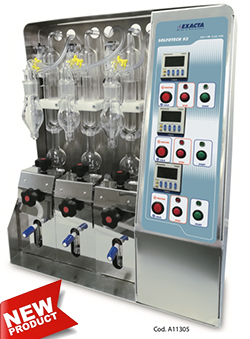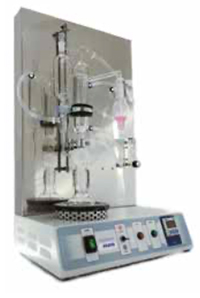TITRALAB AT1000 HACH LANGE:
Reliable results and easy setup.

Sulfur dioxide is effective against both bacteria and yeasts: its antiseptic power depends fundamentally on the concentration in its molecular form.
During fermentation, some yeasts and many bacteria are more sensitive than others to the effects of SO2, so an important selection process takes place.
In the right concentration, SO2 in musts and wines prevents the growth of unwanted yeasts and bacteria such as Brettanomyces, Pediococci and Lactobacilli acetic bacteria and keeps selected ones such as Saccharomyces active.
The enzyme, produced by Botrytis cinerea present in moldy grapes, is less sensitive to sulphites.
To neutralize yeasts in wine, small quantities of molecular SO2 are sufficient because another powerful antiseptic comes into play: alcohol.
In refining, its antiseptic activity depends on the concentration in the molecular form and Bisulphite Ion therefore on the pH, temperature and alcohol.
During storage, SO2 inhibits all microorganisms, thus avoiding unwanted refermentations or revitalization of yeasts in the bottle.
How does it act on cells?
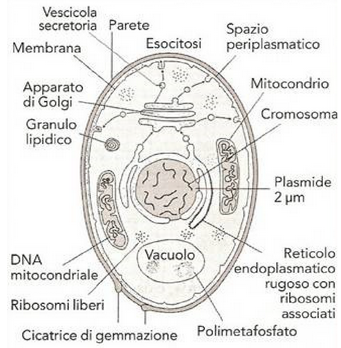
The action that SO2 brings to cells is the following:
- penetrates inside, binds to Glyceraldehyde-3-phosphate dehydrogenase, stopping glyconase
- binds to pyruvic acid
- binds to acetaldehyde
- blocking the reduction of NAD+
- alters various proteins

